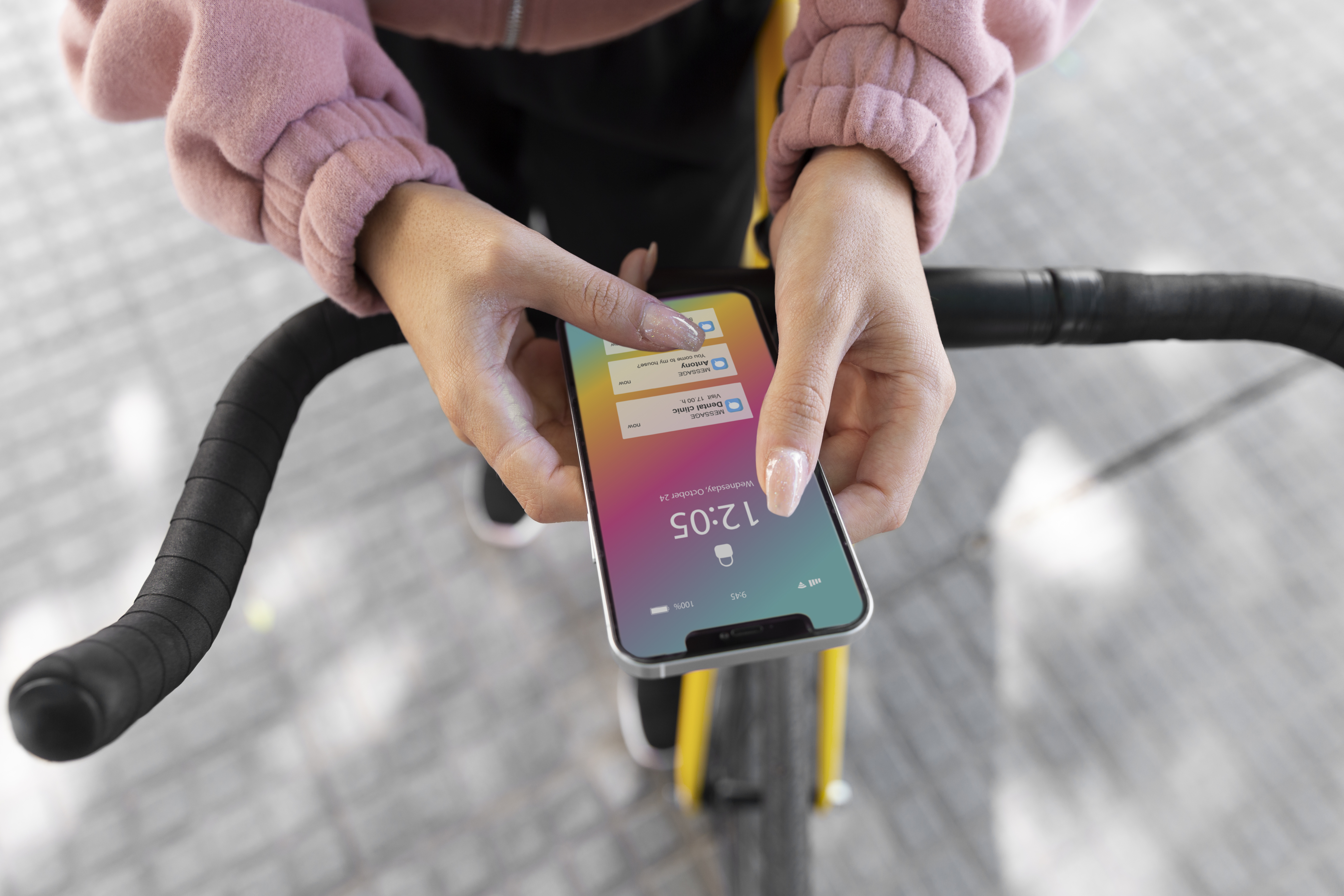Your app development journey only really begins when the first version hits the App Store. It might have taken you several months and hundreds of hours of research and development. The truth is that the app you first launch will likely be very different to the version that follows as you learn what users want and make changes to tap into changing consumer habits.
Updating your app regularly offers several benefits. Maintaining your app and introducing new features and functionality will ensure you keep your users engaged and loyal to your brand. But how often is often enough when it comes to app updates? With millions of apps on the App Store and Google Play Store, developers have to work hard to keep up with user expectations and piggyback off new technologies and operating systems. After all, you don’t want your app to become tired or obsolete, or worse yet, overtaken by a competitor.
- Update date: Users can see when apps were last updated on app stores. If your app isn’t frequently updated, credibility could suffer; users could think your app is stale.
- Learn from user feedback: Making improvements to your app based on feedback can offer a better user experience, boosting metrics like dwell time and in-app purchase revenue. Incentivise feedback and prioritise changes that have an impact.
- Keep your app fresh: With almost 4,000 apps published to the app stores every day, keeping yours updated encourages users to come back, see what’s new, and it gives you an excuse to send push notifications about new features and promotions.
- Retire outdated features: As the needs of your users evolve, you can retire old and obsolete features and replace them with up-to-date functionality and content.
Deciding on update frequency
Updating your app regularly benefits consumers and shows Google and Apple that your app is still relevant and worth recommending on app search engine results pages. You must also avoid excessive and unnecessary updates. If your app is updated too frequently, it might frustrate users and could signal to app stores that your app is unstable and unreliable.
Consider a regular update cycle where you add new features and tweaks, and on top of that, use ‘necessity’ updates to fix bugs and respond to software updates. Some app developers will issue new versions of their software once a month on a rotating cycle, while others will be sporadic and update a few times yearly. Find the balance and see what works for your development team and users. After all, if it ain’t broke, don’t fix it!
It’s also worth remembering that every app must be approved by the Apple App Store and Google Play Store – it can take anywhere from a couple of days to a couple of weeks for new updates to be approved, and the chances are that they won’t sync across iOS and Android.
Make bug fixes a priority
No app is perfect, and the chances are that your users will run into bugs or broken code from time to time. Some bugs are only evident after the release of your app, and some may come about as a result of behind-the-scenes changes or unexpected updates. It’s vital you work with a developer that can quickly respond to issues and deploy fixes. Add a bug reporting tool; allow users to add screenshots and instructions on replicating bugs and issues.
Add new updates and features
As well as fixing bugs when your app is released, it’s a good idea to add new features and functionality to keep your app fresh and relevant to your audience. See what competitors are doing and schedule regular tweaks and changes to ensure your app isn’t forgotten. It could be something as simple as a new logo, modernising or refreshing the design of your app, or simplifying an overly complicated user interface. Though it’s often not a good idea to update an app just for the sake of it, finding ways to make users take another look at your app can significantly boost adoption rates and give you something to shout about on social media.
Respond to feedback
Aside from bug fixes and introducing features, it’s a good idea to respond to user feedback and update your app accordingly. It’s common for users to leave feedback for apps on the App Store page, so check them and respond as soon as you can. After all, your users know your app better than anyone else – if they suggest a fix or a feature that could add value to the masses, then you should prioritise that. Granted, it’s impossible to use every piece of user feedback and keep everyone happy, but keeping a close eye on user feedback will help you identify areas of improvement and ensure updates are meaningful and impactful.
In the world of apps, nothing stands still for long. It’s essential to be strategic regarding software updates, use your development budget responsively, and have a plan of action for the next three to five years. Stand still for too long, and a competitor will sweep your user base from under your feet – but evolve too quickly, and you risk alienating your established clientele. And we all know: once someone has decided to uninstall your app, it’s tough to get them back. If you’re looking for support, reach out to the app development experts at Zudu.



